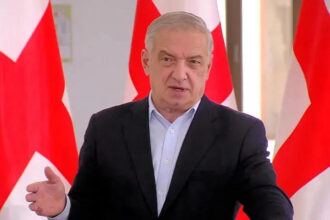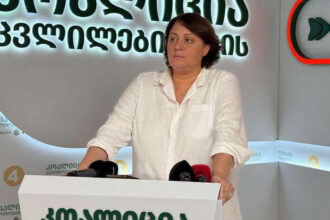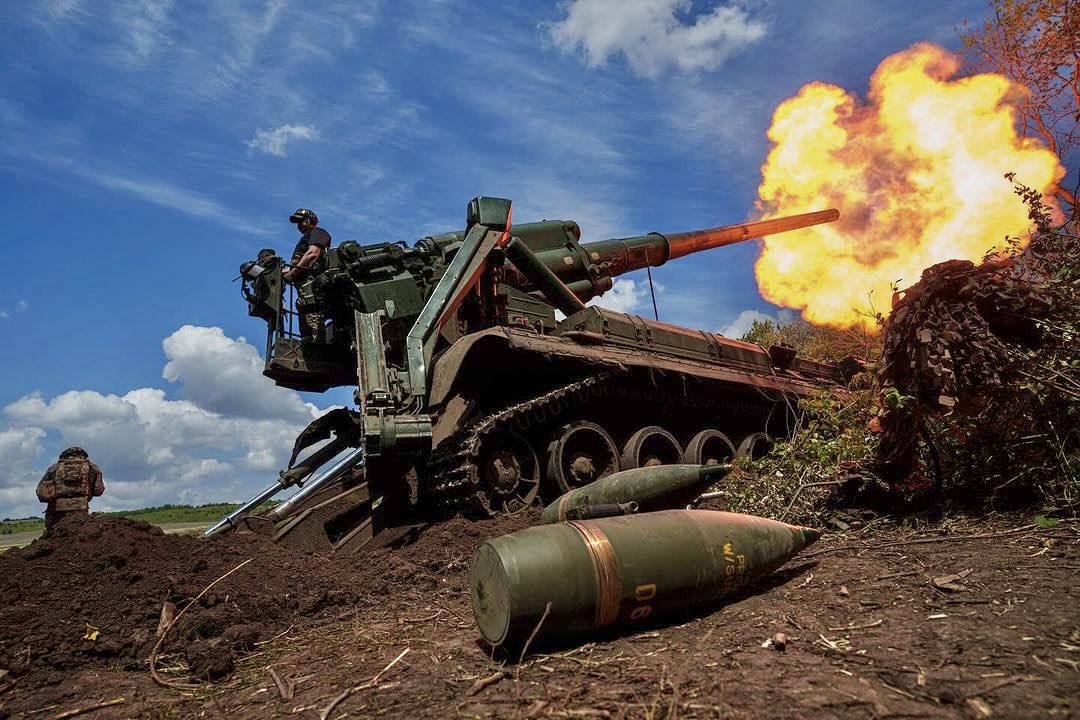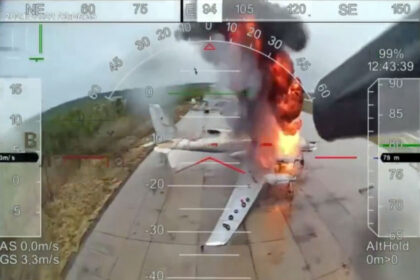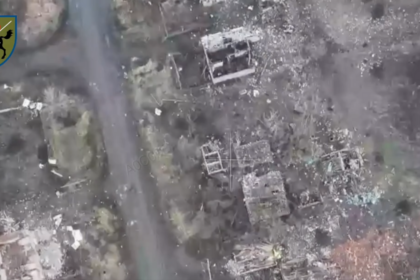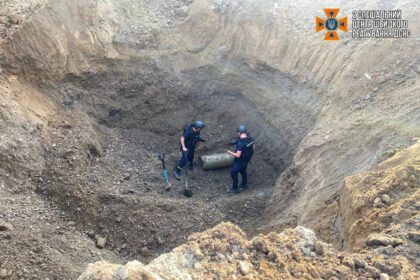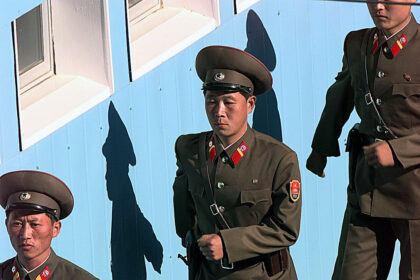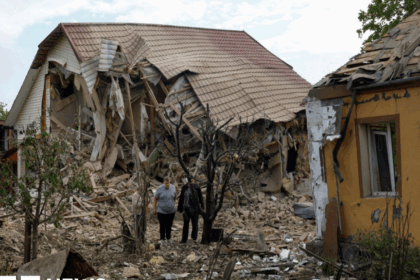**The 2S7 Howitzers are Dying, but North Korea’s Clones are Thriving**
In the ongoing conflict between Russia and Ukraine, one of the most significant artillery pieces on both sides has been the Russian-made 2S7 howitzer. Weighing over 30 tons, this tracked howitzer is capable of firing a massive 100-kg shell up to 32 kilometers away. Its sheer size and firepower make it a prized asset for both armies.
**The Rise of Drone Warfare**
However, with Ukraine’s increasing use of advanced drones, the tide of war has begun to shift. Drones like the BM-30 Smerch rocket launcher can lob massive 800-kg rockets over 120 kilometers, making it increasingly difficult for Russian artillery pieces like the 2S7 to operate without being detected.
**The Ukrainian Army Strikes Back**
On Thursday, a surveillance drone belonging to Ukraine’s 15th Artillery Reconnaissance Brigade spotted a Russian 2S7 and its accompanying ammunition truck along the 700-mile front line. The adjacent units then successfully targeted the howitzer with a well-aimed shot, rendering it useless.
**North Korean Clones Take Center Stage**
The use of North Korean-made artillery systems, known as the M1989s, has become increasingly prevalent among Russian forces in recent times. These clones are nearly impossible to destroy due to their long-range capabilities and ability to operate far from enemy positions. As Kriegsforscher, a Ukrainian drone operator, noted, “They are long-range—quite hard to destroy them.”
**The Challenge Ahead**
As Ukraine struggles to stabilize the front line, finding and destroying these long-range Russian guns and launchers, including the 2S7s and their North Korean clones, has become a top priority. With hundreds of artillery systems in question, this task will undoubtedly be a daunting challenge for Ukrainian forces.
Read More @ euromaidanpress.com

